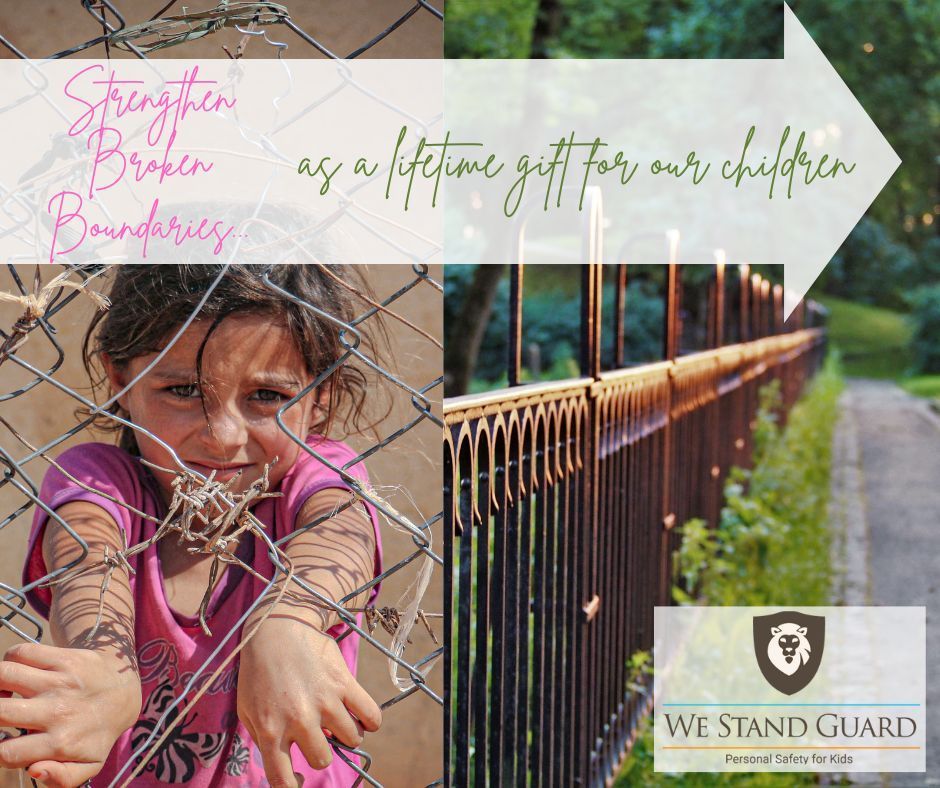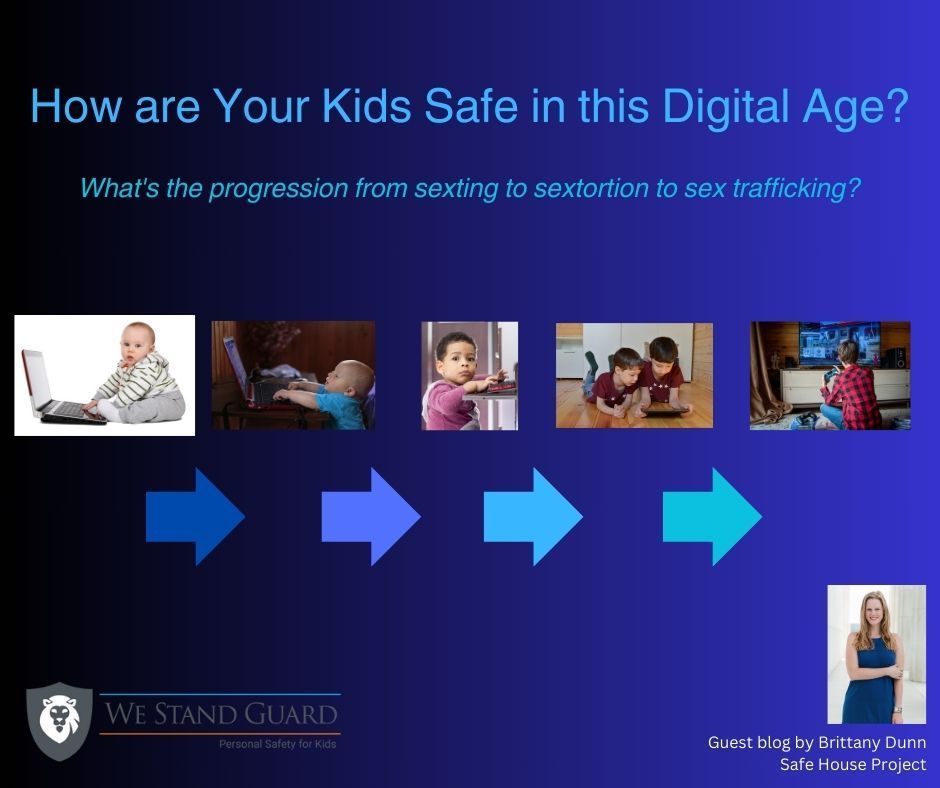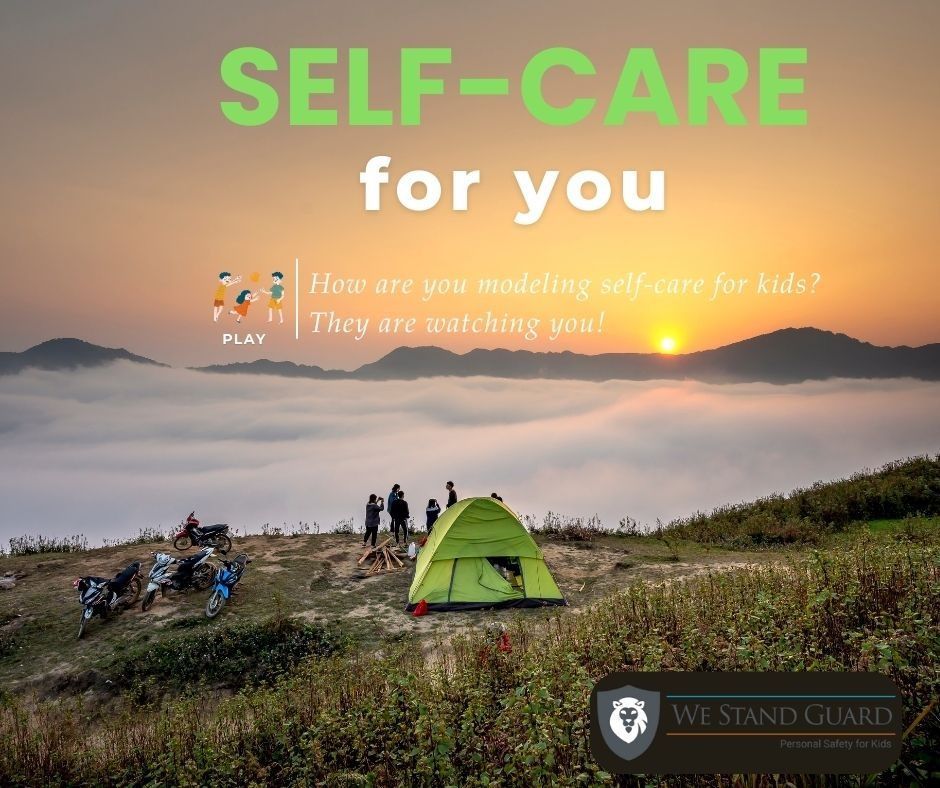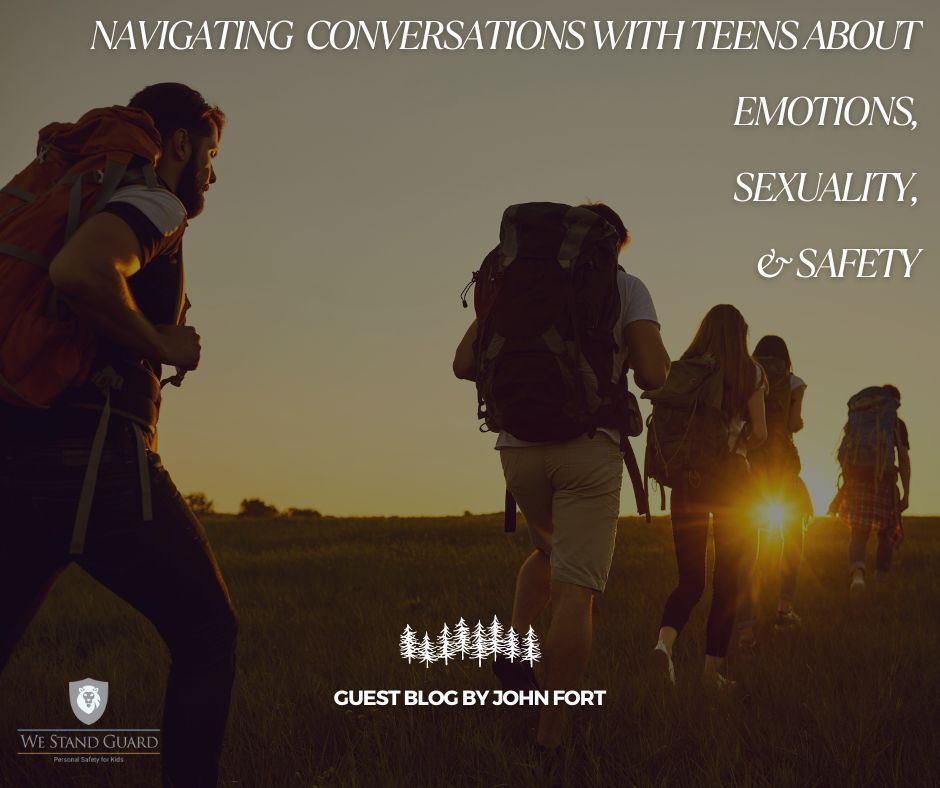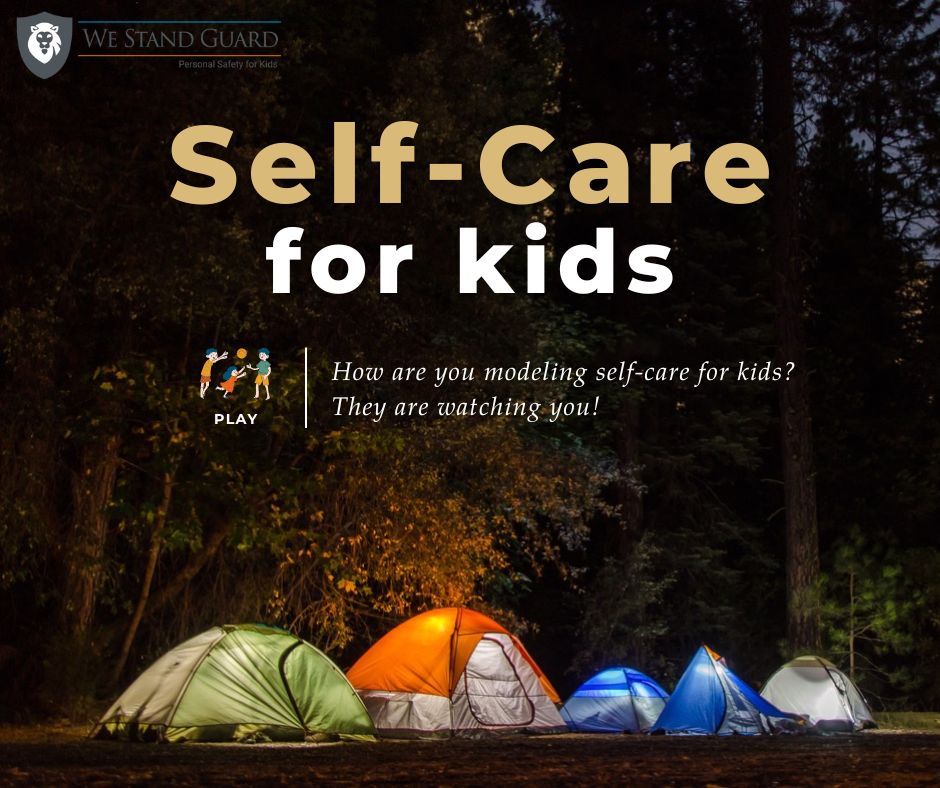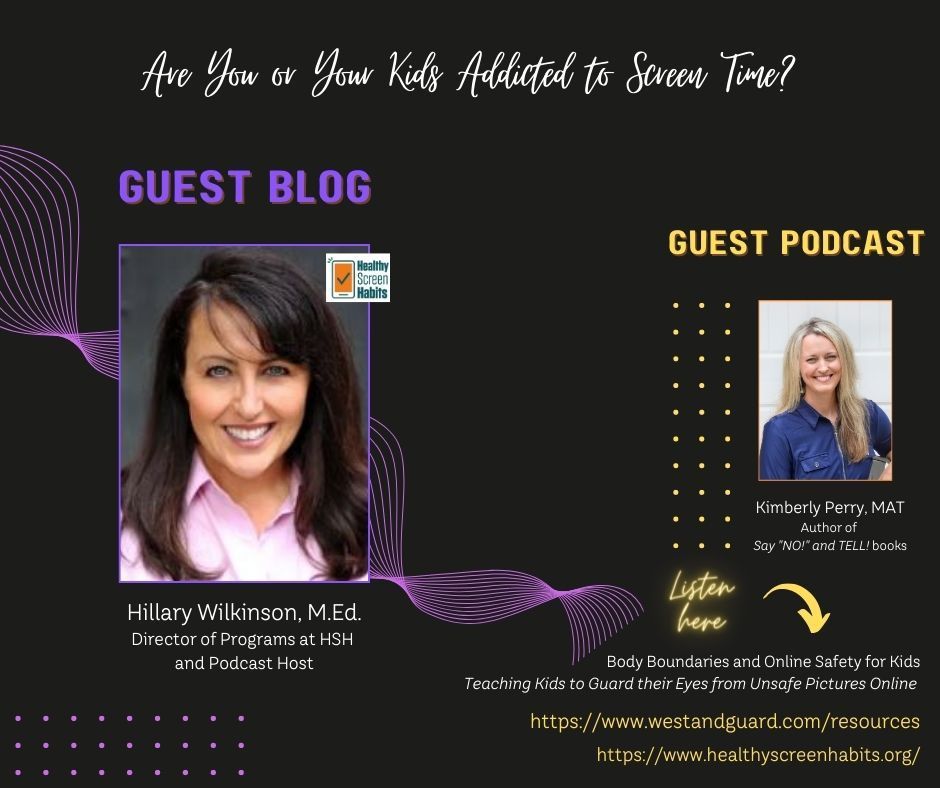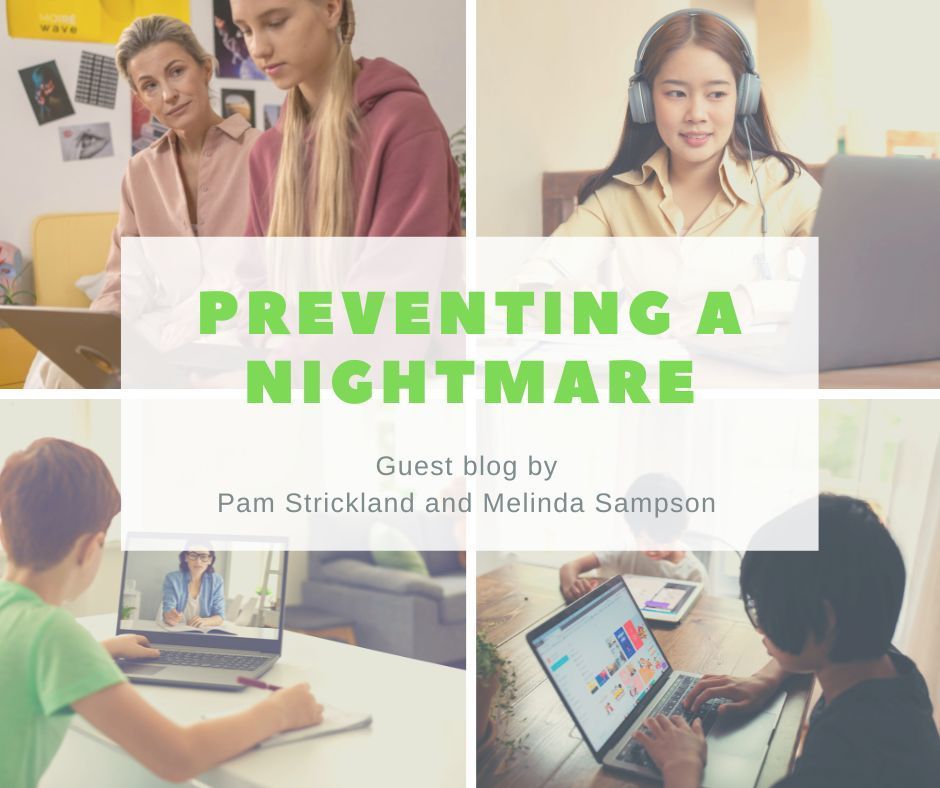How Can Six Protective Factors Help Prevent Abuse?
Knowing what to do can make a difference!

What's Your Story?
Have you ever written out your personal life timeline highlighting milestones to see what kind of picture it paints?I imagine many of us have tremendous gratitude for the wonderful experiences mixed with challenges and sobering disappointments.This reflection exercise can be beneficial to help us understand our own upbringing in light of raising the next generation. What's healthy or unhealthy? What needs to change?What is my new approach?So often, we have an innate desire for the next generation to do better than ourselves - but how? What do we keep, start, stop or continue as parents, caregivers and professionals working with kids?Melanie, a professional social worker in Washington DC and mom of a six year old son, has decided to start something new for the kids she works with as well as her own son a by reading a Say "NO!" and TELL! book with them. Watch her 2 min testimony as she takes one small, easy step by reading this book with kids and see how the ripple effect can have tremendous impact!
In the era of #MeToo, the dramatic rise of child and human trafficking, as well as the prevalent abuse of kids inside and outside the home, the desire among us to help the next generation is strong. One thing I believe we need to start doing is share the prevention message of boundaries and personal safety for kids to help prevent child sexual abuse with an empowering approach; not fear-based. So many kids and families are counting on us to love them in this way as we help protect the next generation together.
Have you heard of the The Adverse Childhood Experiences (ACE) Pyramid study?Have you answered the 10 ACE questions for your own life?This study reveals the vital importance of sharing the prevention message as well! In 2018, I attended the Resilience Screening , which outlines the research of a dangerous biological syndrome when toxic stress throughout childhood can trigger hormones that harms the body and development of children. This ongoing stress increases the risks for a myriad of problematic health and life issues.
The original ACE Pyramid Study was conducted at Kaiser Permanente from 1995 to 1997 with over 17,000 participants who received physical exams and completed confidential surveys regarding their childhood experiences with current health status and behaviors.
Female participants:
13% emotional abuse
27% physical abuse
24.7% sexual abuse
Male participants:
7.6% emotional abuse
29.9% physical abuse
16% sexual abuse
The ACE Study findings suggest that ACEs are strongly related to development of risk factors for disease and well-being throughout one’s life. Childhood experiences, both positive and negative, have a tremendous impact on future violence, victimization and perpetration, and lifelong health and opportunity. In fact, early experiences can be viewed as an important public health issue. Adverse childhood experiences have been linked to risky health behaviors, chronic health conditions, low life potential, and early death. As the number of ACEs increases, so does the risk for these outcomes. There are risks and protective factors for both victimization and perpetration. Check out the ten ACE questions here:
Prior to your 18th birthday:
1.Did a parent or other adult in the household often or very often… Swear at you, insult you, put you down, or humiliate you? or Act in a way that made you afraid that you might be physically hurt?
2.Did a parent or other adult in the household often or very often… Push, grab, slap, or throw something at you? or Ever hit you so hard that you had marks or were injured?
3.Did an adult or person at least 5 years older than you ever… Touch or fondle you or have you touch their body in a sexual way? or Attempt or actually have oral, anal, or vaginal intercourse with you?
4.Did you often or very often feel that … No one in your family loved you or thought you were important or special? or Your family didn’t look out for each other, feel close to each other, or support each other?
5.Did you often or very often feel that … You didn’t have enough to eat, had to wear dirty clothes, and had no one to protect you? or Your parents were too drunk or high to take care of you or take you to the doctor if you needed it?
6.Were your parents ever separated or divorced?
7.Was your mother or stepmother: Often or very often pushed, grabbed, slapped, or had something thrown at her? or Sometimes, often, or very often kicked, bitten, hit with a fist, or hit with something hard? or Ever repeatedly hit over at least a few minutes or threatened with a gun or knife?
8.Did you live with anyone who was a problem drinker or alcoholic, or who used street drugs?
9.Was a household member depressed or mentally ill, or did a household member attempt suicide?
10.Did a household member go to prison?
Practical Ways to I Implement the Six Protective Factors!
Knowing what to do, can make a difference! When it comes to family management, it is important to increase the protective factors in raising kids and decrease the risk factors, which helps minimize risky behaviors and builds strong communities. According to the CDC, protective factors may lessen the likelihood of children being abused or neglected.
According to Childwelfare.gov , they highlight six protective factors for healthy family management as they focus on Strong and Thriving Families .
·Nurturing and Attachment
·Knowledge of Parenting and Child Development
·Parental Resilience
·Concrete Support for Families
·Social Connections
·Social and Emotional Competence of Children
Nurturing and Attachment
It’s the little things that can make a real difference for kids – a smile, a hug, or an affirmation. Each day, children need meaningful eye to eye conversations with a parent by slowing down and looking them in the eyes plus listening and responding with love. Actually, there are 9 minutes during the day that have the greatest impact on a child: the first 3 minutes right after they wake up, the 3 minutes after they come home from school and the last 3 minutes before they go to sleep. Hug your child, straighten her hair, pat him on the back and say you are proud of him every day. A simple touch makes kids feel connected to a parent in ways that words never will. Actions speak louder than words! This relational-level protective factor includes a consistent relationship with caring adults which helps infant brains develop best and children’s bodies produce the right amount of growth hormones.
Knowledge of Parenting and Child Development
When parents understand childhood stages of development, the new milestones can be celebrated! Knowledge is empowering. Learning the stages of development for toddlers and children can lessen parent’s anger and frustration because of unrealistic expectations or seeing their behavior as negative. As a seasoned teacher of 15 years, the highly effective method I implemented for behavior management was Love and Logic . After teaching over a few thousand kids ranging from Pre-K to 5th grade, I requested behavioral assistance of administrators on several occasions – that’s it! This proven method of empowering kids to make their own choices and live with the natural consequences, both negative and positive was tried and true.
Parental Resilience
Proper self-care for parents is vital. Self-care for a parent could be seeing a family counselor to heal and learn better or new ways of living. When we take the time and make the effort to seek out our own healing, we inevitably can help the next generation heal too! For example, my mom was a pastoral counselor for about 20 years. She worked with over a 1000 people seeking to grow and heal through counseling since they were “sick and tired of being sick and tired.” One of the most important revelations she realized for herself and others was that an unrealistic expectation is premeditated resentment. This can be costly in relationships because at the root can exist anger, disappointment, lack of self-worth or blame, shame and loneliness at times. Healing those parts can be life-changing. When I asked her “what were the three main patterns you noticed of why people came to see you for counseling?” she named problems with marriage, kids or career. The marriage problems revolved around finances, lack of communication and dis-connection (e.g. emotional abuse or neglect), and unrealistic expectations. For example, a wife trying to get her needs met from her husband in ways that her mom and dad did not meet growing up. The issues with raising kids often stemmed from blindness to the parents' own unhealthy ways because of growing up with various dysfunctions, such as expecting kids to act as an adult resulting in frustration, anger and rage in parenting. The career challenges often came from not knowing “who you are” and trying to get one’s identity, emotional needs and affirmations met from work life rather than beginning with a sense of greater purpose and well-being founded by faith and relationship with a loving God. When we take care of our own emotional needs by healing from our past, we can have a better future.
Concrete Support for Families
Being resourceful can go a long way. Understanding how to navigate the information age and find helpful resources through books, workshops and support groups can be lifesavers. I am the author of three Say NO! and TELL! books teaching boundaries and personal safety for kids to help prevent child sexual abuse. The children’s books and parent/professional training workbook teach grown-ups the three-phase approach©:
Phase I - Teach kids general wellness with health and safety tips (e.g. nutrition and traffic or fire safety).
Phase II - Explain unique safety concepts such as boundaries and people safety.
Phase III – Introduce personal safety to prevent child sexual abuse.
All three books are toolkits with various sections full of strategies and content with concrete action steps so you can customize everything to your needs as a parent or professional working with kids.
Social Connections
Developing a network of emotionally supportive friends and family is a way to model emotional health for children. Choosing safe and trustworthy people in your community and network can show children that they have a choice when making friends. Positive social interactions benefit the whole family, especially when going through a challenging time such as moving, divorce or other risk factors.
Social and Emotional Competence of Children
Have you learned how to speak your
child’s love language yet? Often, we love others the way we want to be loved,
which may not fit what each family member or friend needs or perceives as love.
One resource I recommend is the 5 love Languages
of Children
, by Dr. Gary
Chapman and Ross Campbell, MD.
Let's Help Write the Next Generation's Stories by Sharing a Prevention Legacy
The wide-ranging health and social consequences of risk factors and ACEs demonstrate the importance of preventing them before they happen with protective factors. Will you join us in growing the prevention movement by sharing a "Say 'NO!' and TELL!" book with a family or kids’ organization to help prevent child sexual abuse? A next easy step is to get your FREE download of the Personal Safety Family Plan! Let's help write the stories of the next generation in positive ways by empowering them with prevention tools today!The kids and families of the future generations to come will thank you!
